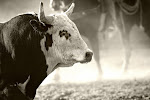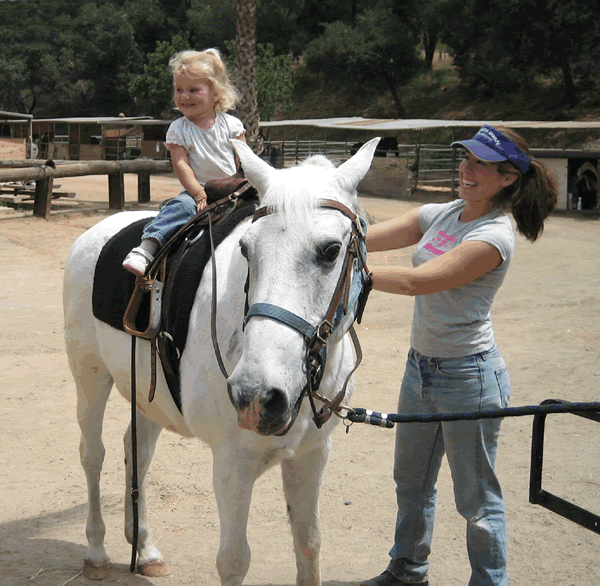
As spring approaches, so comes foaling season. The reward for waiting 340 excruciating days is the safe, smooth delivery of a happy, healthy foal. When something goes wrong it can be devastating, and seemingly small problems can quickly become life threatening to both the mare and foal. Careful preparation and planning can go a long way to ensuring the safest possible foaling event, and can prevent potentially fatal complications.
Know Your Foaling Date
This seems simple, but unlike most other species, the gestation for a foal can vary quite a bit. The average gestation of a mare is 340 days, or roughly 11 months and 11 days. Unfortunately, in practice, healthy, normal gestation can be as little as 320 days, and as much as 370 days (longer than a year!). Foals born earlier than 320 days are considered premature and require special care, and often hospitalization. Foals born less than 300 days are extremely premature, and have almost no chance for survival.
Foaling, or parturition, is an explosive and rapid event, and in perfect situations requires no human involvement. However, when complications occur, immediate human intervention is necessary to avoid potentially fatal complications. In most cases, foaling should be an event closely monitored, with attendants ready to step in and offer assistance to the mare at the first sign of trouble.
Unfortunately, most horses foal at night, necessitating at least one, and usually quite a few all-night vigils to catch the blessed event. Knowing your foaling date will help you to plan your stable sleep-overs.
While it is hard to predict when in the due-date range your mare may foal, careful attention to detail may help to narrow the time down. Mares tend to foal around the same time of gestation yearly, so if you have a mare that has tended to foal at a certain amount of days in the past, chances are that she will follow that trend again. Maiden mares are the exception to this rule, and often maiden mares will follow a completely different schedule from their first foaling than any during any subsequent pregnancies.
Have a Foaling Kit Ready
A well-stocked foaling kit should be prepared at least a month before your mares due date. This kit includes items that you will use during foaling (disinfectants, etc) to items that you hope not to use, but stock anyway “just in case”. Make sure to keep your kit in a clean, waterproof box near your mare’s stall, readily accessible when the time is right.
The basic foaling kit should include:
* A flashlight with extra batteries
* Scissors
* Sterile string (such as umbilical tape) to tie off umbilical cord, and tie up placenta as it is being expelled from the mare
* Iodine (for the umbilical cord)
* Mild soap and a bucket (for washing the mares vulva and teats)
* Vetwrap and bandaging material (for tieing up the mares tail)
* Extra towels and gloves
* Enemas (for the foal after birth)
Other items that should be readily available for foaling include a halter and lead rope, twitch, a watch, paper and pen, surgical lube and a charged phone with good connectivity.
Plan Your Exit Strategy
The best preparation you can make for foaling is to be intimately familiar with the process, so that you are quickly able to determine when parturition isn’t proceeding normally, and can summon help. As foaling nears, talk to your veterinarian about possible scenarios, and make sure he or she will be available and on call for you if problems do occur during foaling. If necessary, talk to other vets in the area in advance of the foaling date, and ensure sure you have a support network in place when the time arrives.
If you have a truck and trailer, have them hooked up and fill the gas tank. If an emergency trip to the hospital becomes a necessity, having the trailer ready to go can save valuable minutes. If you do not own a trailer, talk to friends and try to come up with a plan so that if the worst scenario occurs, you are prepared. In some situations, it may be necessary to talk to commercial hauling companies to ensure that your mare and foal will have an emergency ride to the equine hospital if it becomes a necessity.
The old adage about getting things ready so you won’t need them never applied so well as it does to foaling. We hope and pray for the best case scenario, and a trouble-free foaling, but planning for the worst can to provide the best possible outcome if it actually happens. Your careful preparations can make the difference between life and death of both the mare and foal during parturition.
Interested in horses? Stop by our award winning horse forum at EquestrianHorseForum and lets talk some more about foaling and horse related topics.
We will leave the lights on!







